
How to Use VL6180X: Examples, Pinouts, and Specs
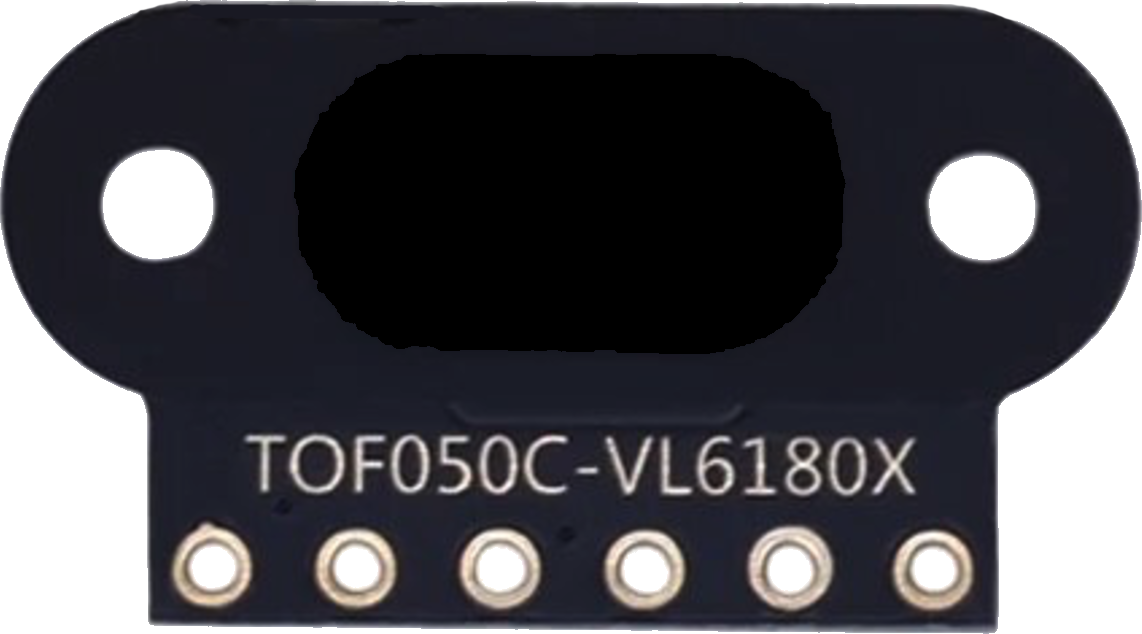
 Design with VL6180X in Cirkit Designer
Design with VL6180X in Cirkit DesignerIntroduction
The VL6180X is a time-of-flight (ToF) distance sensor capable of measuring distances up to 100 mm with high accuracy. It combines an infrared emitter and a photodetector in a compact package, enabling precise proximity sensing and ambient light measurement. This sensor is widely used in robotics, automation, and consumer electronics due to its reliability and ease of integration.
Explore Projects Built with VL6180X
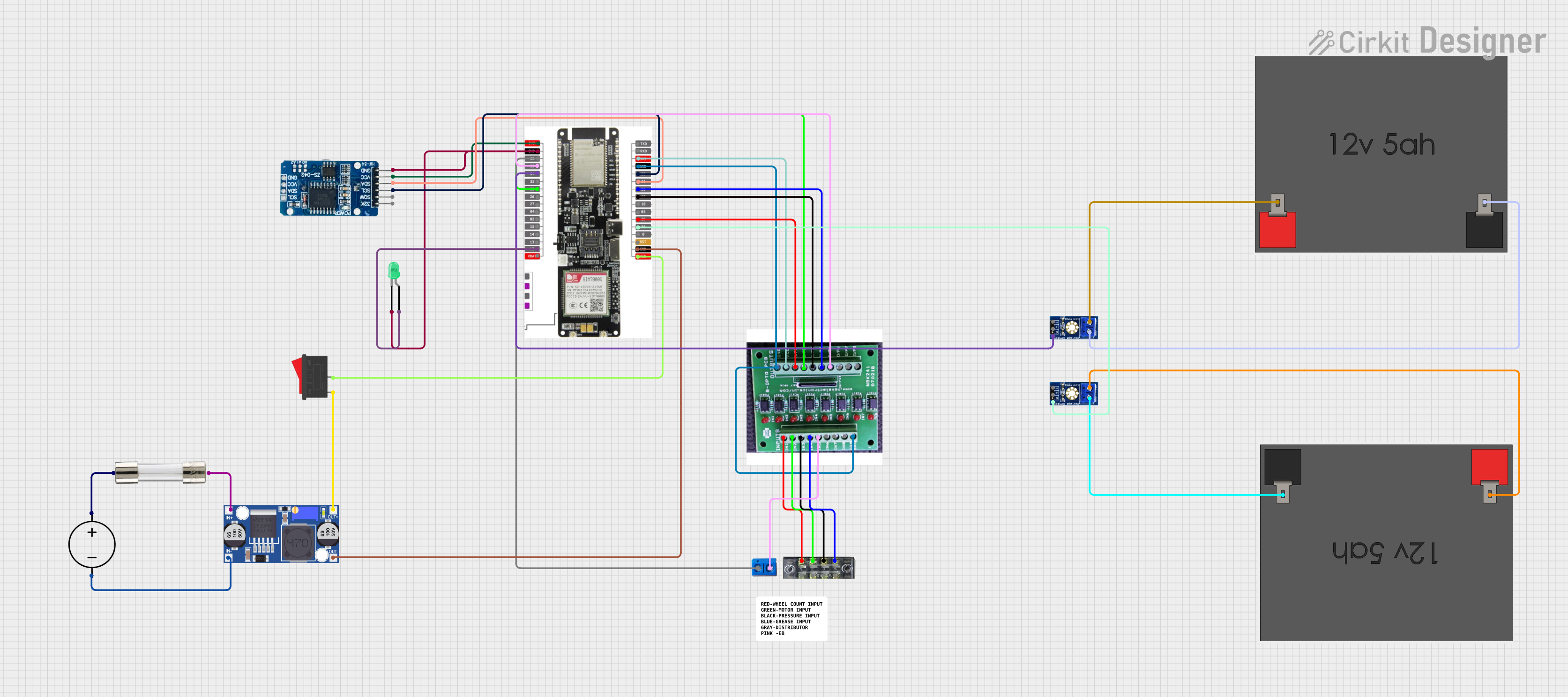
 Open Project in Cirkit Designer
Open Project in Cirkit Designer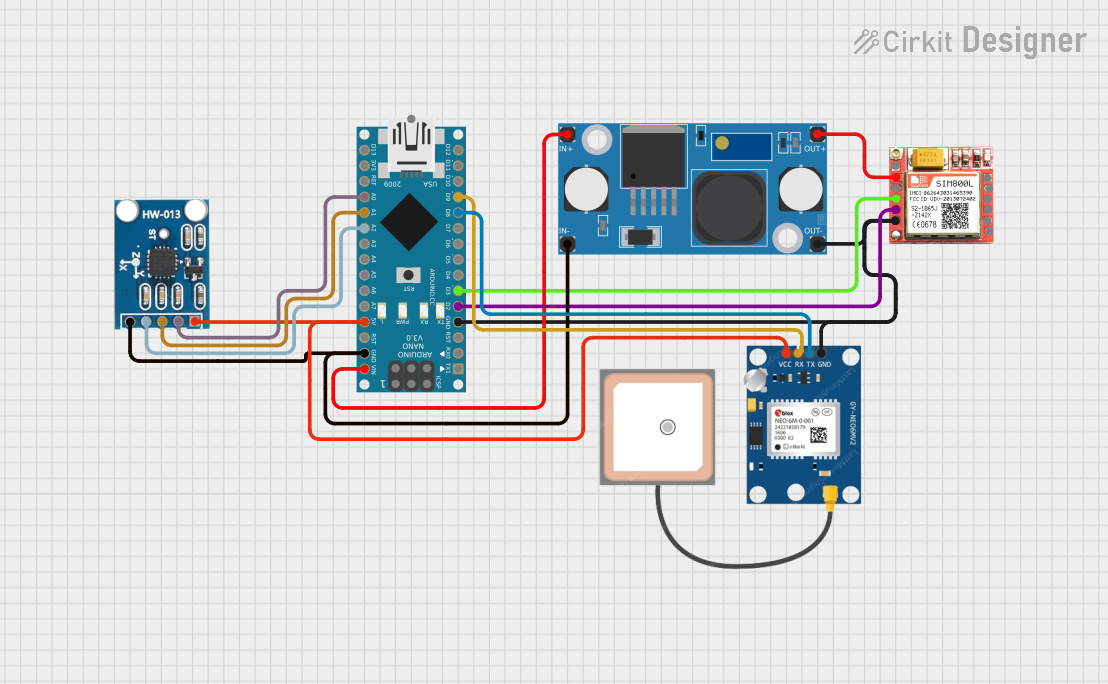
 Open Project in Cirkit Designer
Open Project in Cirkit Designer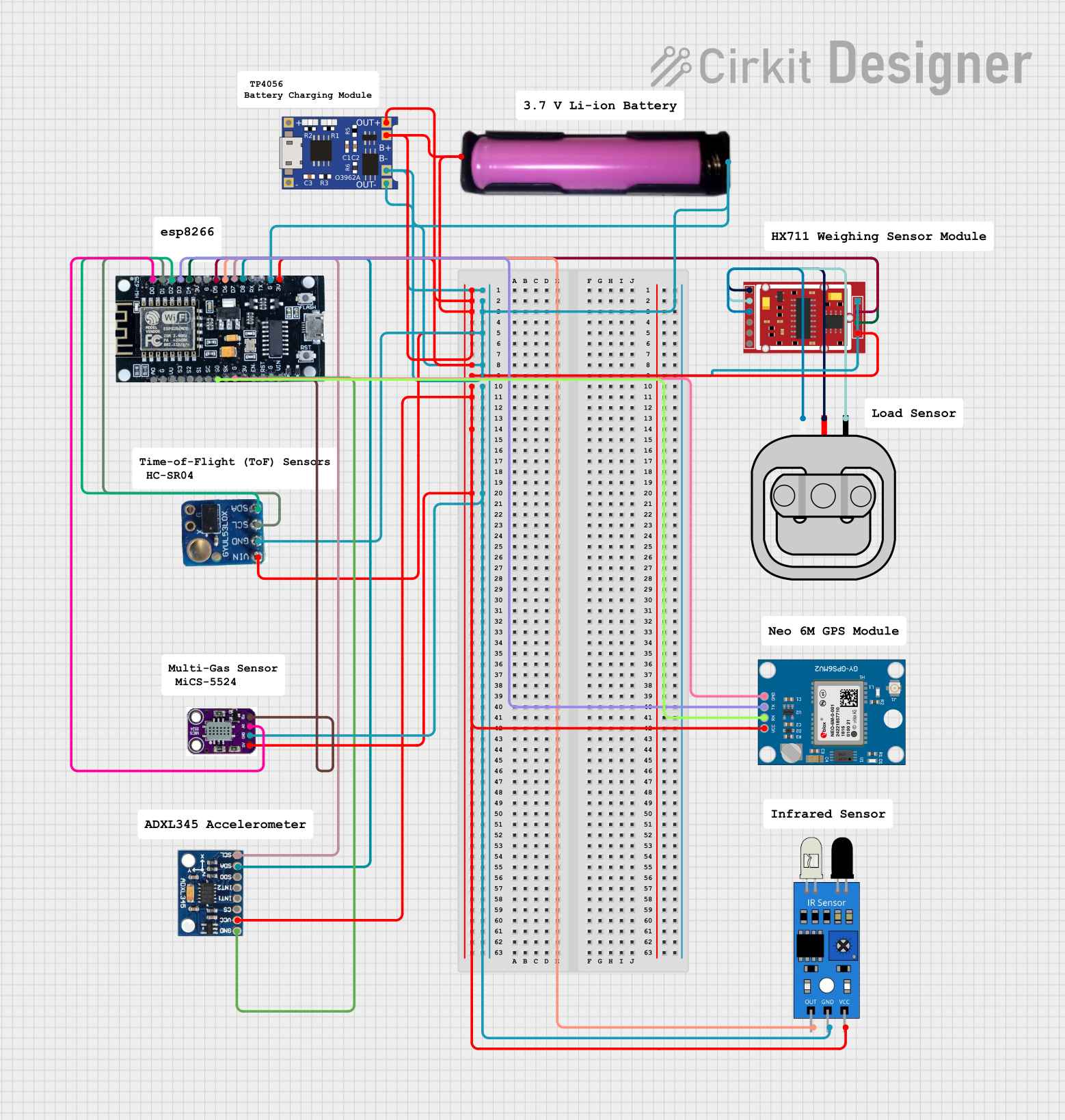
 Open Project in Cirkit Designer
Open Project in Cirkit Designer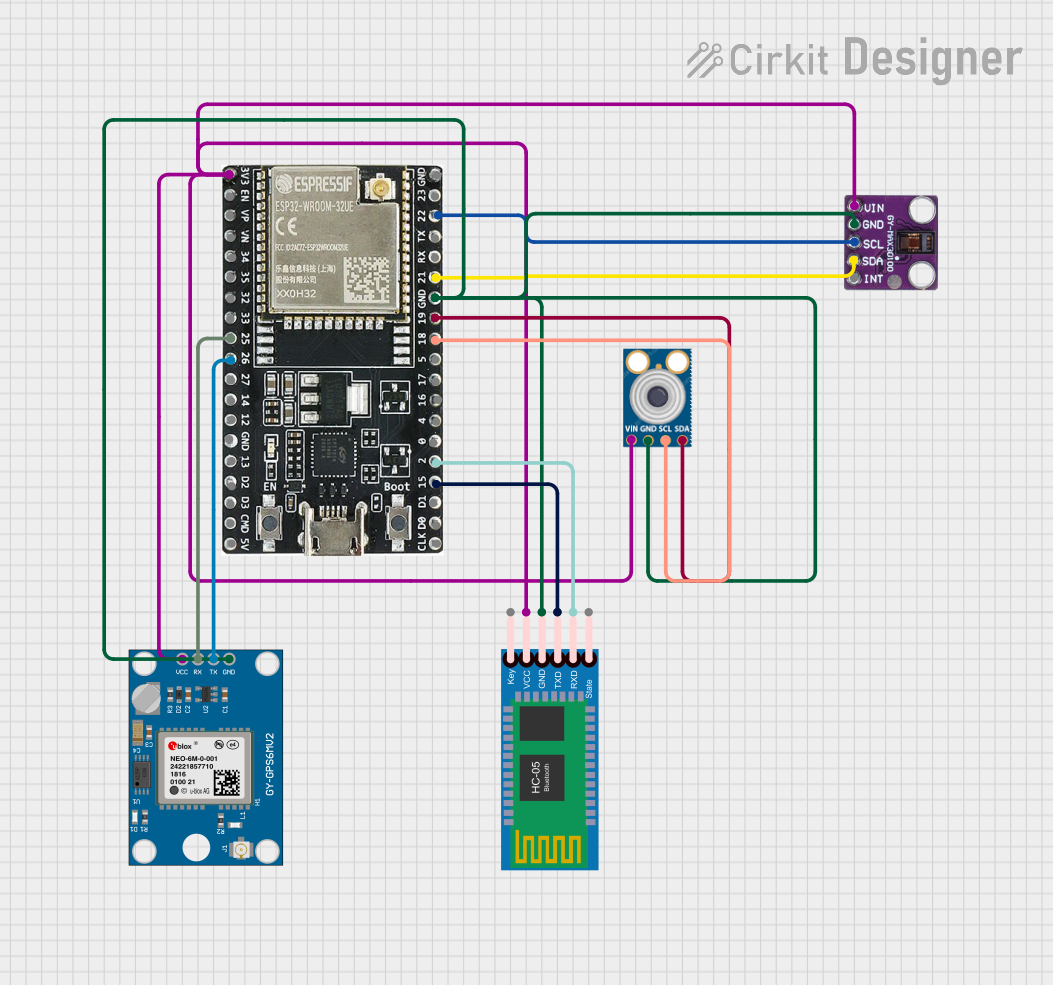
 Open Project in Cirkit Designer
Open Project in Cirkit DesignerExplore Projects Built with VL6180X

 Open Project in Cirkit Designer
Open Project in Cirkit Designer
 Open Project in Cirkit Designer
Open Project in Cirkit Designer
 Open Project in Cirkit Designer
Open Project in Cirkit Designer
 Open Project in Cirkit Designer
Open Project in Cirkit DesignerCommon Applications
- Obstacle detection in robotics
- Gesture recognition in consumer devices
- Automatic lighting control
- Proximity sensing in industrial automation
- Object detection in smart appliances
Technical Specifications
The VL6180X is a highly integrated sensor with the following key specifications:
| Parameter | Value |
|---|---|
| Operating Voltage | 2.6 V to 3.3 V |
| Communication Interface | I²C (Inter-Integrated Circuit) |
| Distance Measurement Range | 0 mm to 100 mm |
| Ambient Light Sensing Range | 0.01 lux to 1000 lux |
| Current Consumption | 1.7 mA (typical during operation) |
| Infrared Wavelength | 850 nm |
| Operating Temperature Range | -20°C to +70°C |
| Package Dimensions | 4.8 mm × 2.8 mm × 1.0 mm |
Pin Configuration and Descriptions
The VL6180X has a total of 6 pins. Below is the pinout and description:
| Pin Name | Pin Number | Description |
|---|---|---|
| GND | 1 | Ground connection |
| VIN | 2 | Power supply input (2.6 V to 3.3 V) |
| SCL | 3 | I²C clock line |
| SDA | 4 | I²C data line |
| GPIO0 | 5 | General-purpose input/output (interrupt output) |
| GPIO1 | 6 | General-purpose input/output (optional use) |
Usage Instructions
How to Use the VL6180X in a Circuit
- Power Supply: Connect the VIN pin to a 3.3 V power source and the GND pin to ground.
- I²C Communication: Connect the SCL and SDA pins to the corresponding I²C lines of your microcontroller. Use pull-up resistors (typically 4.7 kΩ) on both lines if not already present.
- Interrupt Pin: Optionally, connect GPIO0 to a microcontroller pin to handle interrupts for proximity or ambient light events.
- Initialization: Use an appropriate library or write custom I²C commands to initialize the sensor and configure its settings.
Important Considerations
- Voltage Levels: Ensure the I²C lines operate at 3.3 V logic levels. Use a level shifter if your microcontroller operates at 5 V.
- Distance Limitations: The sensor is optimized for distances up to 100 mm. Beyond this range, accuracy may degrade.
- Ambient Light: Avoid direct exposure to strong infrared light sources, as they may interfere with measurements.
- Mounting: Place the sensor in a location where the field of view is unobstructed for accurate readings.
Example Code for Arduino UNO
Below is an example of how to use the VL6180X with an Arduino UNO. This code uses the Adafruit VL6180X library, which simplifies communication with the sensor.
#include <Wire.h>
#include "Adafruit_VL6180X.h"
// Create an instance of the VL6180X sensor
Adafruit_VL6180X vl6180x = Adafruit_VL6180X();
void setup() {
Serial.begin(9600); // Initialize serial communication
while (!Serial) {
delay(10); // Wait for the serial monitor to open
}
// Initialize the sensor
if (!vl6180x.begin()) {
Serial.println("Failed to find VL6180X sensor! Check wiring.");
while (1);
}
Serial.println("VL6180X sensor initialized.");
}
void loop() {
// Read the distance in millimeters
uint8_t distance = vl6180x.readRange();
uint8_t status = vl6180x.readRangeStatus();
// Check if the reading is valid
if (status == VL6180X_ERROR_NONE) {
Serial.print("Distance: ");
Serial.print(distance);
Serial.println(" mm");
} else {
Serial.print("Error reading distance: ");
Serial.println(status);
}
delay(500); // Wait 500 ms before the next reading
}
Troubleshooting and FAQs
Common Issues
Sensor Not Detected:
- Cause: Incorrect I²C wiring or address mismatch.
- Solution: Verify the SCL and SDA connections. Ensure the I²C address (default: 0x29) matches the one in your code.
Inaccurate Distance Readings:
- Cause: Obstructions in the sensor's field of view or reflective surfaces.
- Solution: Ensure the sensor has a clear line of sight and avoid highly reflective objects.
Ambient Light Interference:
- Cause: Strong infrared light sources nearby.
- Solution: Shield the sensor from direct sunlight or other IR sources.
High Power Consumption:
- Cause: Continuous operation without power-saving modes.
- Solution: Use the sensor's built-in power-saving features when idle.
FAQs
Q1: Can the VL6180X measure distances beyond 100 mm?
A1: The sensor is optimized for distances up to 100 mm. While it may detect objects slightly beyond this range, accuracy is not guaranteed.
Q2: Can I use the VL6180X with a 5 V microcontroller?
A2: Yes, but you must use a level shifter for the I²C lines to prevent damage to the sensor.
Q3: How do I handle multiple VL6180X sensors on the same I²C bus?
A3: Each sensor must have a unique I²C address. This can be achieved by enabling and disabling the sensors sequentially during initialization.
Q4: Does the VL6180X require calibration?
A4: The sensor is factory-calibrated and does not require additional calibration for most applications. However, you can fine-tune settings for specific use cases if needed.